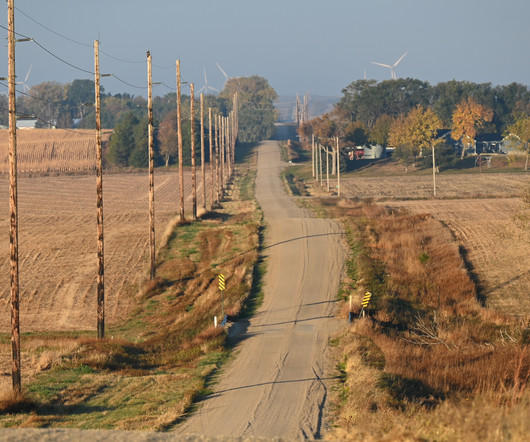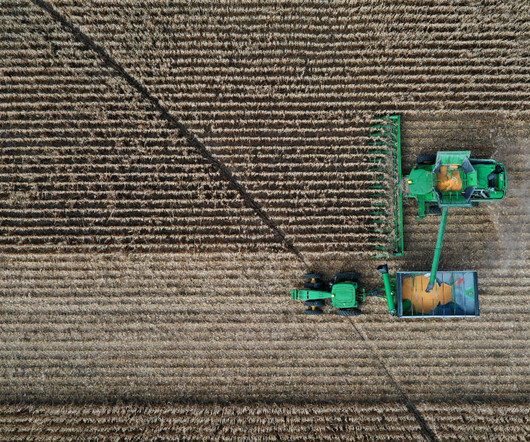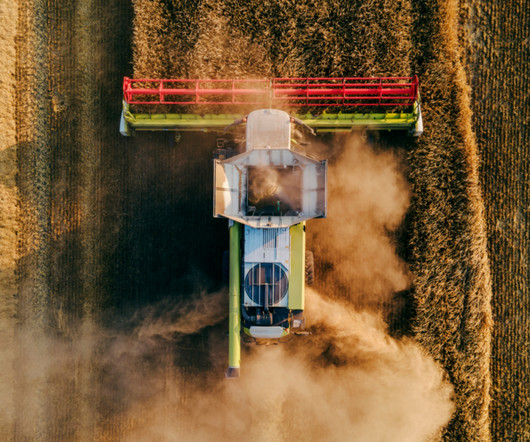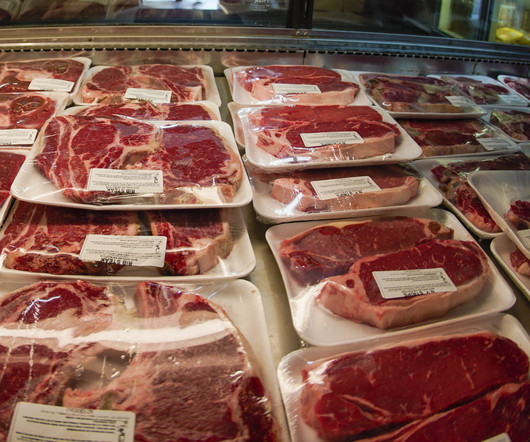Proven road to farm profit in 2025
Western FarmPress
NOVEMBER 21, 2024
Projections show a sharp decline in net farm income in Nebraska for 2024 and into 2025, but an Ainsworth, Neb., farm family makes a strategic plan to navigate volatile markets.

Western FarmPress
NOVEMBER 21, 2024
Projections show a sharp decline in net farm income in Nebraska for 2024 and into 2025, but an Ainsworth, Neb., farm family makes a strategic plan to navigate volatile markets.

Agwired
DECEMBER 3, 2024
While the report compares different measures of farm income, the bottom line is that, adjusted for inflation, net farm income is forecast to decrease by $9.5 Net cash farm income is forecast to decrease by $5.7 That compares to a 19 percent decline in net farm income last year and a 23.5
This site is protected by reCAPTCHA and the Google Privacy Policy and Terms of Service apply.

Trimble Agriculture
JANUARY 17, 2024
Lower agricultural commodity prices are contributing to a decline in net farm income in 2024. This, combined with higher input costs, fewer government payments, and rising interest rates, is leading to a drop in net farm income. In 2024, net farm income is predicted to follow a similar pattern of decline.

Trimble Agriculture
JANUARY 15, 2025
In 2024, farmers faced market volatility, rising input costs, labor shortages, and foreign policy challenges. In 2025, net farm income is expected to decline , continuing a softening trend after record highs in 2022. This mitigates financial risks and provides a safety net in case of unexpected events.

Trimble Agriculture
NOVEMBER 22, 2023
farmland market has remained remarkably resilient for the last several decades—but will it last? As COVID-era funding runs out and input costs continue to rise, farm income is expected to fall 22 percent in 2023. Net Farm Income After a record-breaking high in 2022, net farm income is expected to fall a total of $41.7

Daily Yonder
MARCH 14, 2024
and therefore they’ll be able to sell more beef,” said Marty Irby, board director and secretary for the non-profit research group Organization for Competitive Markets. beef market (Cargill, JBS, Tyson, and National Beef) unduly benefited from the old rule that allowed misleading “Product of U.S.A.” The number of U.S.

Western FarmPress
DECEMBER 16, 2024
Ag Marketing IQ: Regardless of whether the Fed lowers interest rates, global production and tariff turmoil spill numbers that drive down net farm income by another $1 billion.
Let's personalize your content